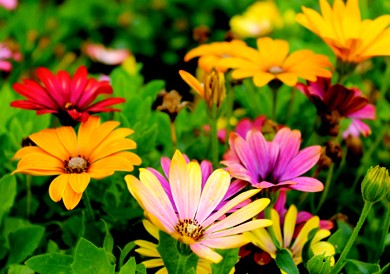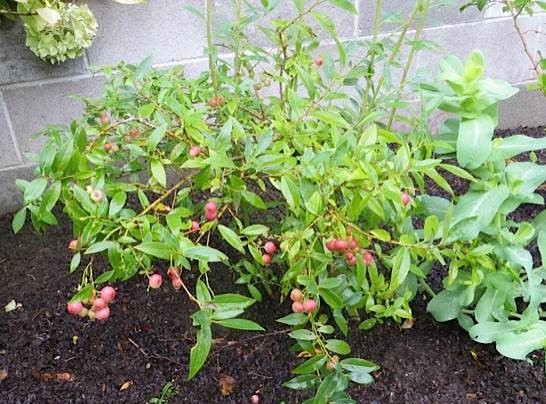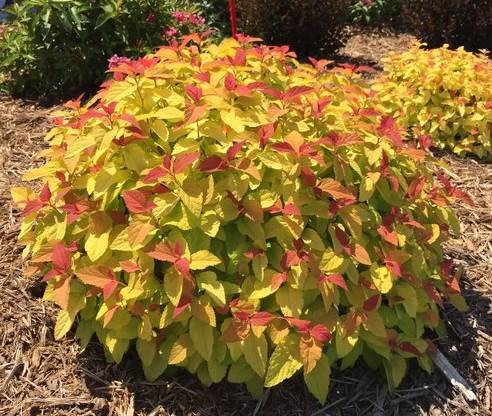Spring is a great time to plant your landscape for several reasons:

- Warm soil temperatures: During spring, the soil warms up gradually, which creates a favorable environment for root growth. As the soil temperature rises, it encourages the roots to grow and take hold, allowing plants to establish themselves before the hot summer months.
- Adequate moisture: Spring usually comes with a lot of rain and moisture, which is essential for plant growth. This helps to keep the soil moist, which reduces the stress on the newly planted vegetation and allows it to establish itself.
- Ideal temperatures: Spring temperatures are usually moderate, providing an excellent environment for plants to grow. The mild temperatures reduce stress on the plants, and there is a lower chance of extreme temperature fluctuations, which can damage the young plants.
- Longer daylight hours: During spring, the days become longer, providing more sunlight for photosynthesis. This allows plants to produce more energy, which they need to grow and establish themselves.
Overall, spring is an ideal time to plant your landscape because it provides optimal conditions for plant growth and establishment, setting the stage for a healthy and vibrant landscape.
There is a Lot That Goes Into Your Design, Let Us Do the Work!

There are several important factors to consider when planning a new landscape. Here are some key considerations to keep in mind:
- Climate and environment: Consider the climate and environmental conditions in your area. This will help you select plants and materials that are well-suited to the conditions and will thrive in your landscape.
- Purpose and use: Consider how you plan to use the landscape. Will it be a place for relaxation and entertainment, or a space for gardening and growing vegetables? This will help you determine the layout, features, and plants that will be most appropriate for your needs.
- Site analysis: Evaluate the topography, drainage, soil quality, and sun exposure of the site. This will help you determine what modifications or additions may be necessary to ensure the success of your landscape design.
- Style and aesthetic: Consider the style and aesthetic you wish to achieve. Do you prefer a formal or informal look? Do you prefer a specific color scheme or plant palette? This will help you select materials and design elements that are consistent with your desired aesthetic.
- Maintenance and upkeep: Consider the amount of time and effort you are willing to commit to maintaining your landscape. This will help you select plants and features that are low-maintenance and require minimal upkeep.
- Budget: Consider your budget and how much you are willing to spend on your landscape project. This will help you prioritize features and materials and determine what is feasible for your budget.
- Legal considerations: Check local zoning laws and regulations to ensure that your landscape design is compliant with any restrictions or requirements. This may include things like setback requirements, tree preservation, or permits for construction or installation of certain features.
A Few Plants You May Not Know About…

( A vivid orange/red foliage, disease and dear resistant. Compact, round habit at 32” )

This a larger shrub that doesn’t get the attention it deserves. (Blooms white, Bold orange and gold foliage, fast growing. Red/purple fall color. Grows to 4’ wide and up to 6’ tall. )

Edible Fruit! (Zone hardy 4-9 compact, pink blooming , forming berries mid-summer that are tasty, shrub can mature to 4’ by 4’. Tolerates partial shade or full sun.)

(Compact, growing to be an 18” x24” mounding shrub, with bright yellow, orange foliage with pink blooms lasting through summer)
Green Lawn has been designing and installing beautiful landscapes for over 30 years. Let us put our experience and knowledge to work for you on your next outdoor project!. Reach out to us today to learn more!